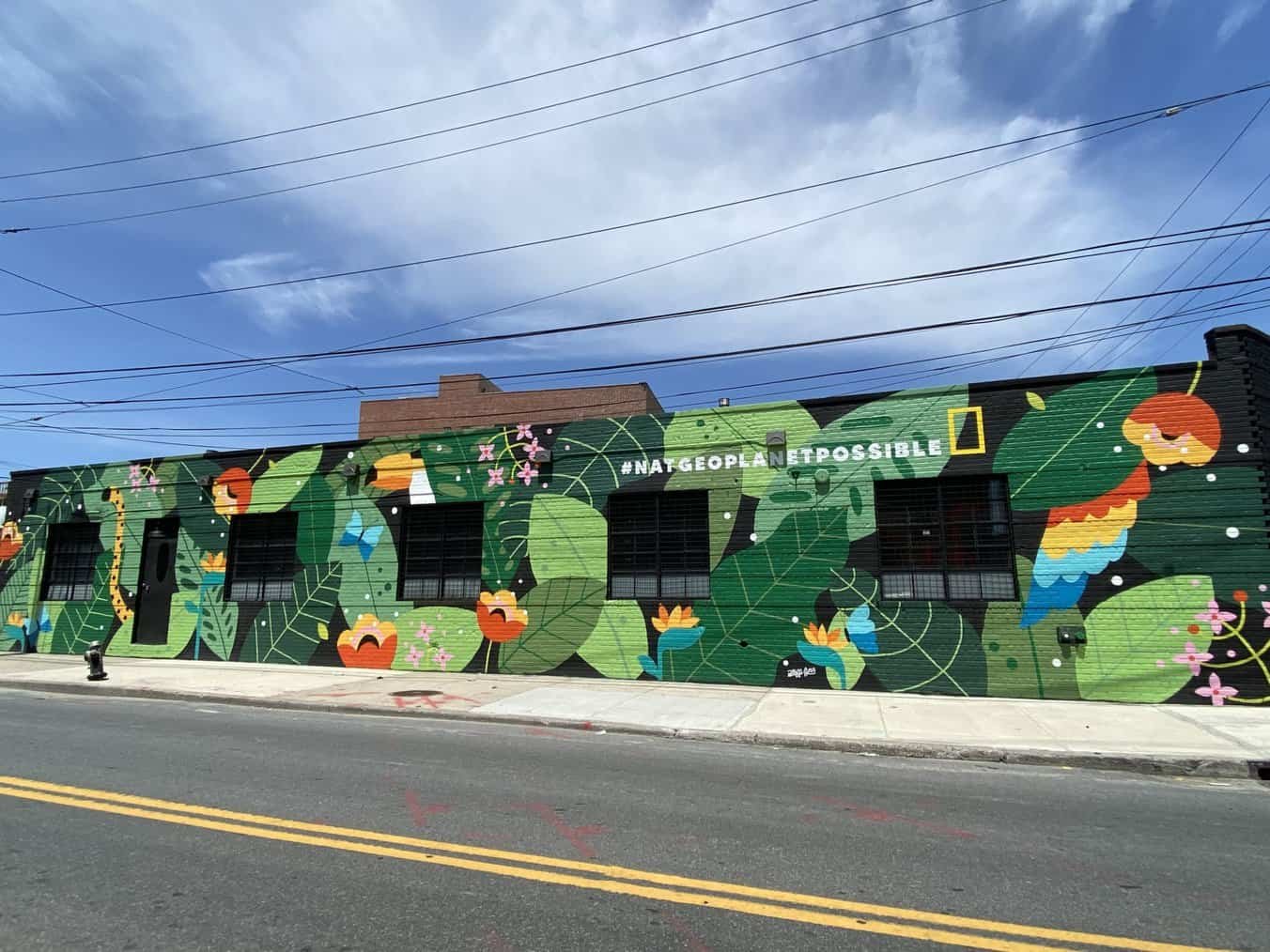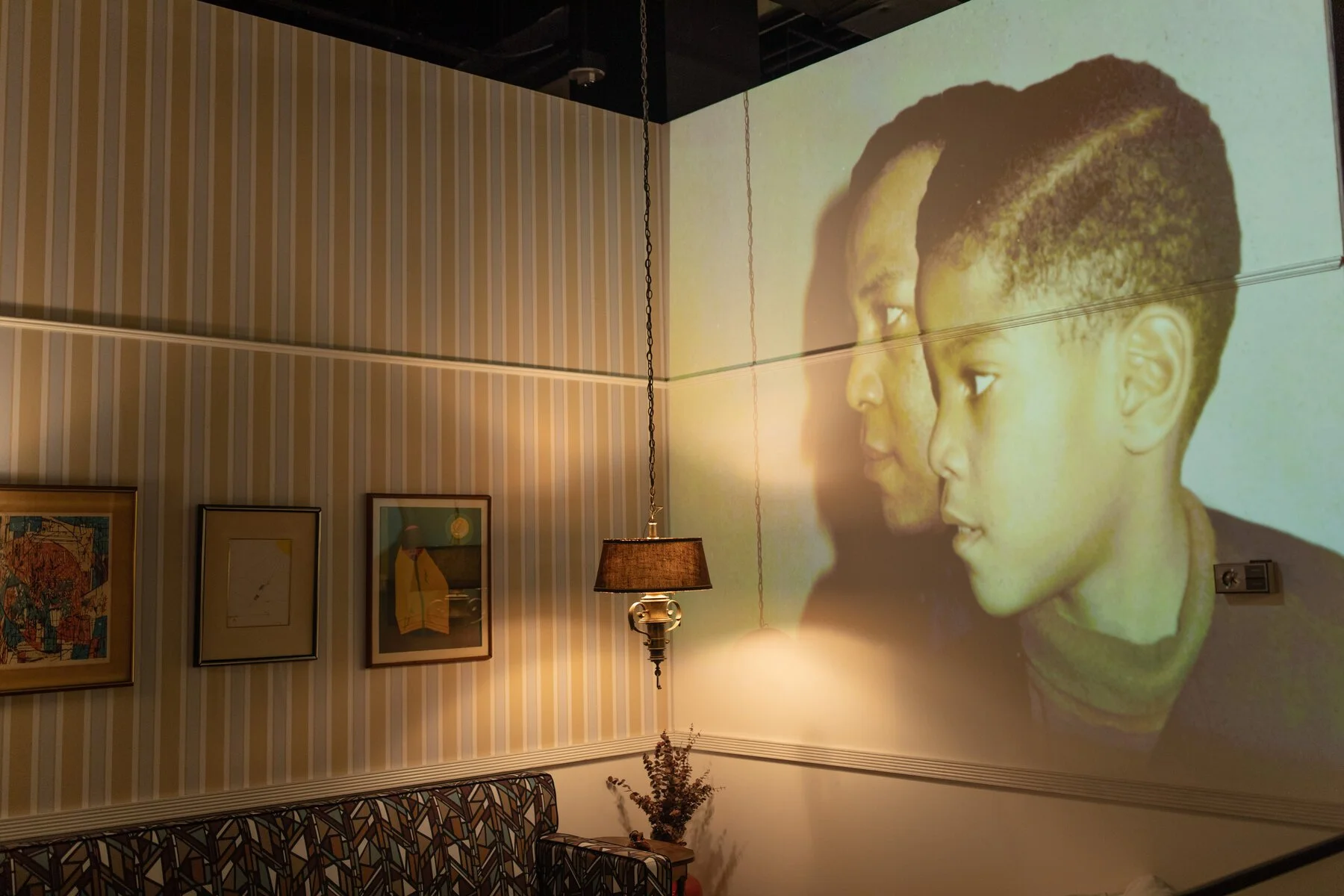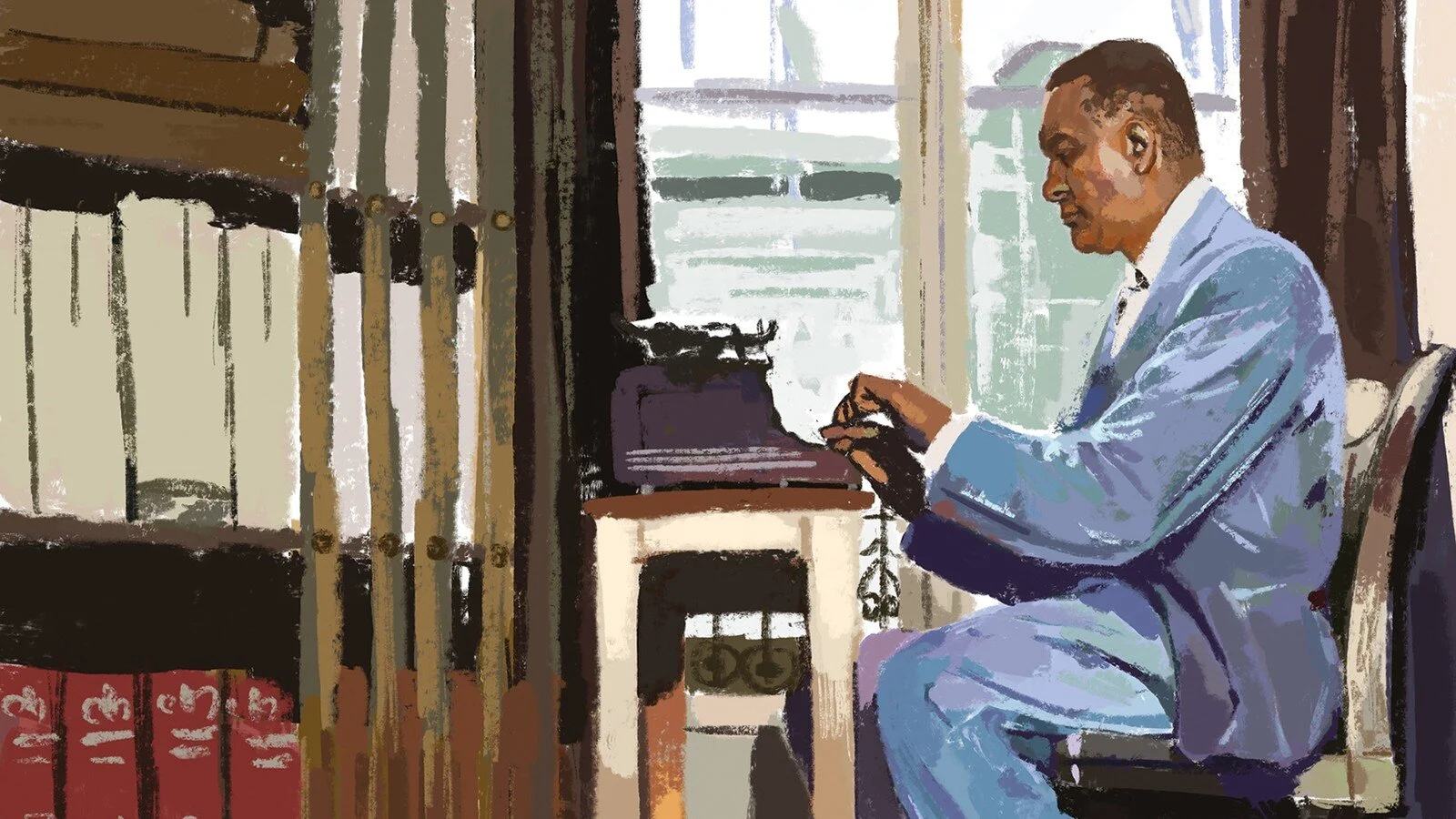California-based photographer Chanell Stone
is challenging the genre of nature photography, made popular in the 1900s by (typically white) men like Ansel Adams and Edward Weston. The idea back then being that nature was remote, wild, and untouched — environments she notes in this NPR piece have too often been off limits or inaccessible to low income Black people. By exposing overgrown lots and lush green spaces found in urban housing projects of cities like Brooklyn, Los Angeles, and Oakland, her work challenges the notion that these spaces are of little value, given the rise of gentrification of the neighborhood spaces she grew up in. Below, some notable quotes and a gallery of Stone’s work. You can also check out her website.
Excerpts below originally published February 27, 2021 by Will Matsuda for NPR
In this artist spotlight on Chanell Stone, NPR notes that missing from the tradition of nature photography is another kind of landscape — the natural beauty found within cities.
“For many Black people, rural nature, places like national parks, aren’t very accessible,” says Stone. “Sometimes it’s the cost, but more often the issue is societal. As Black people, it feels like these rural spaces aren’t for us. I want to turn that idea on its head.”
*According to a 2018 report published by the George Wright Society, Black Americans account for less than 2% of national park visitors.
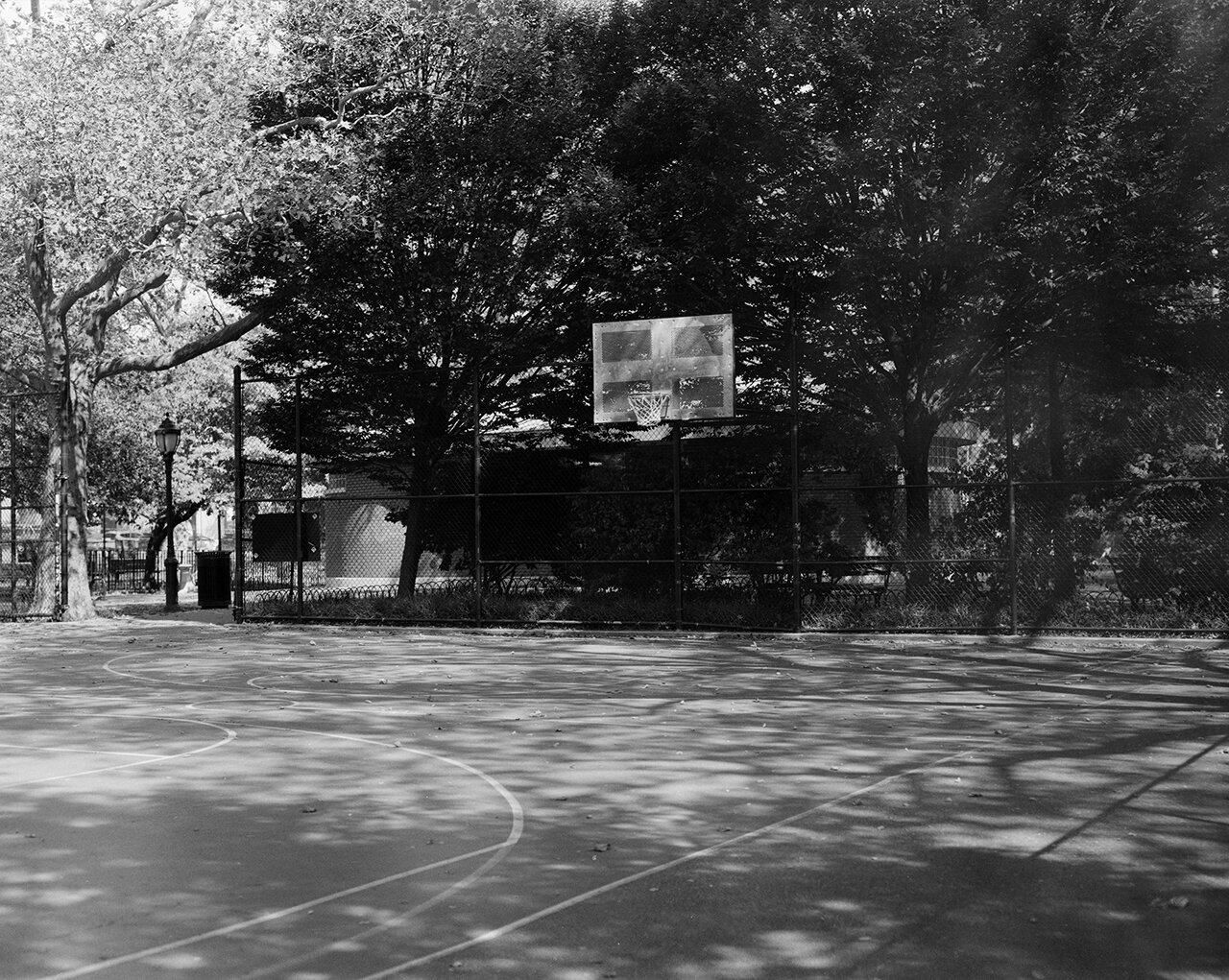
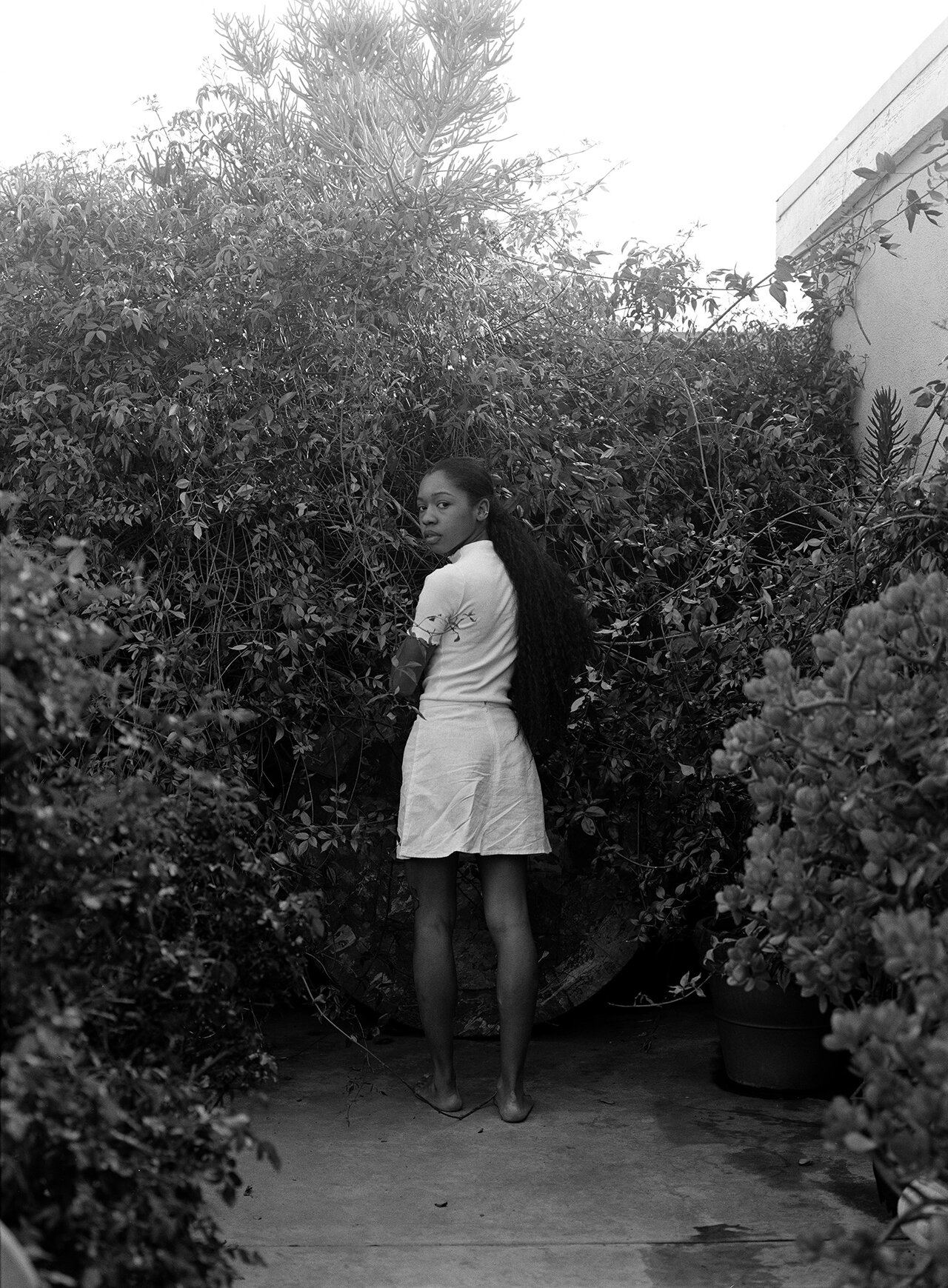
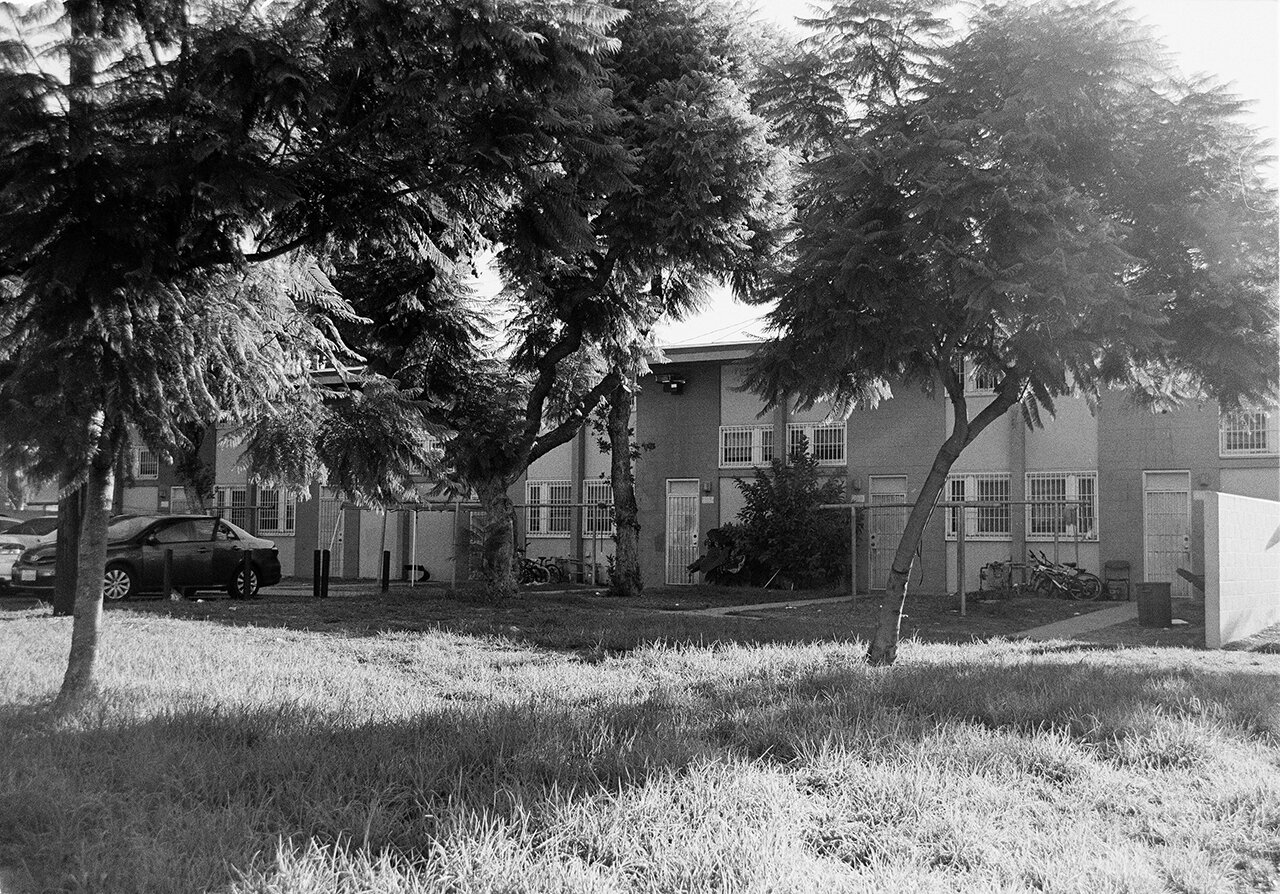
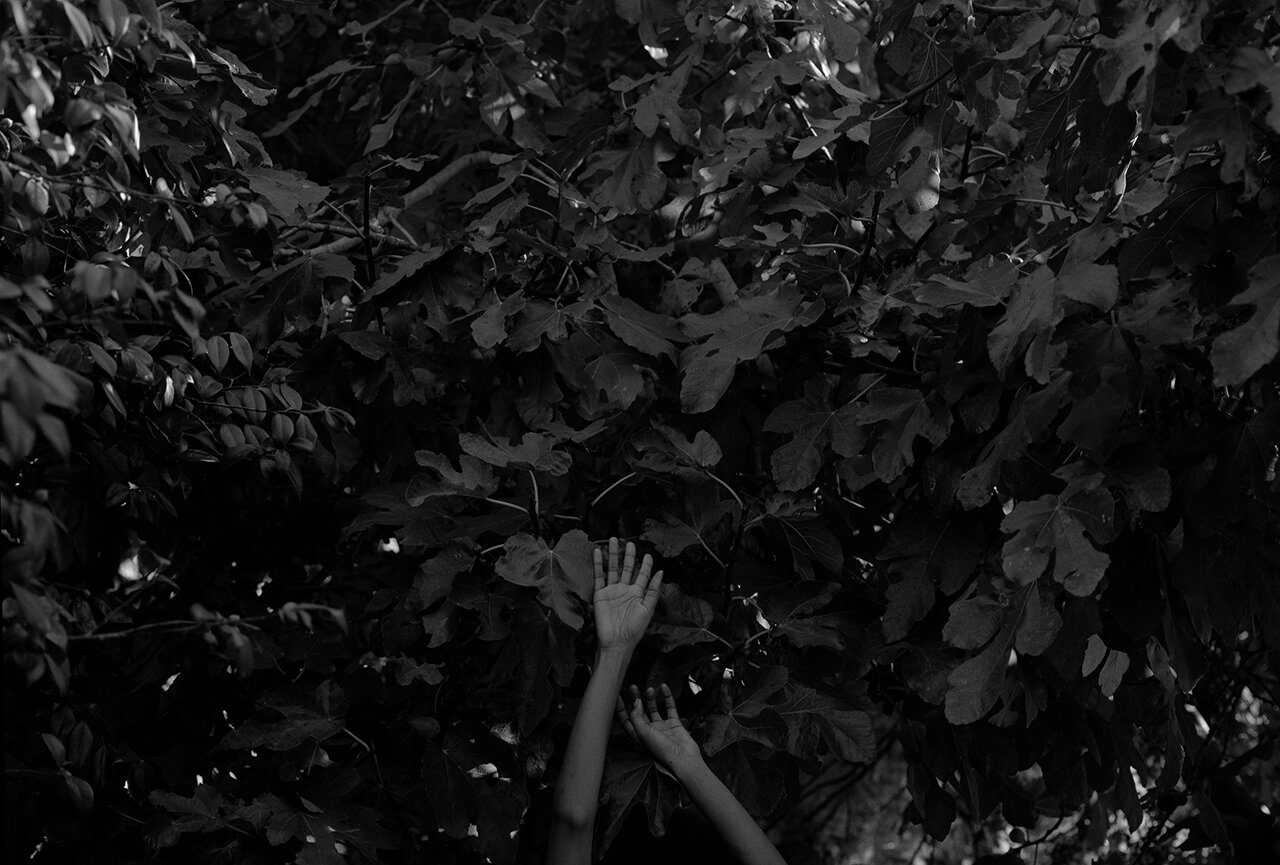

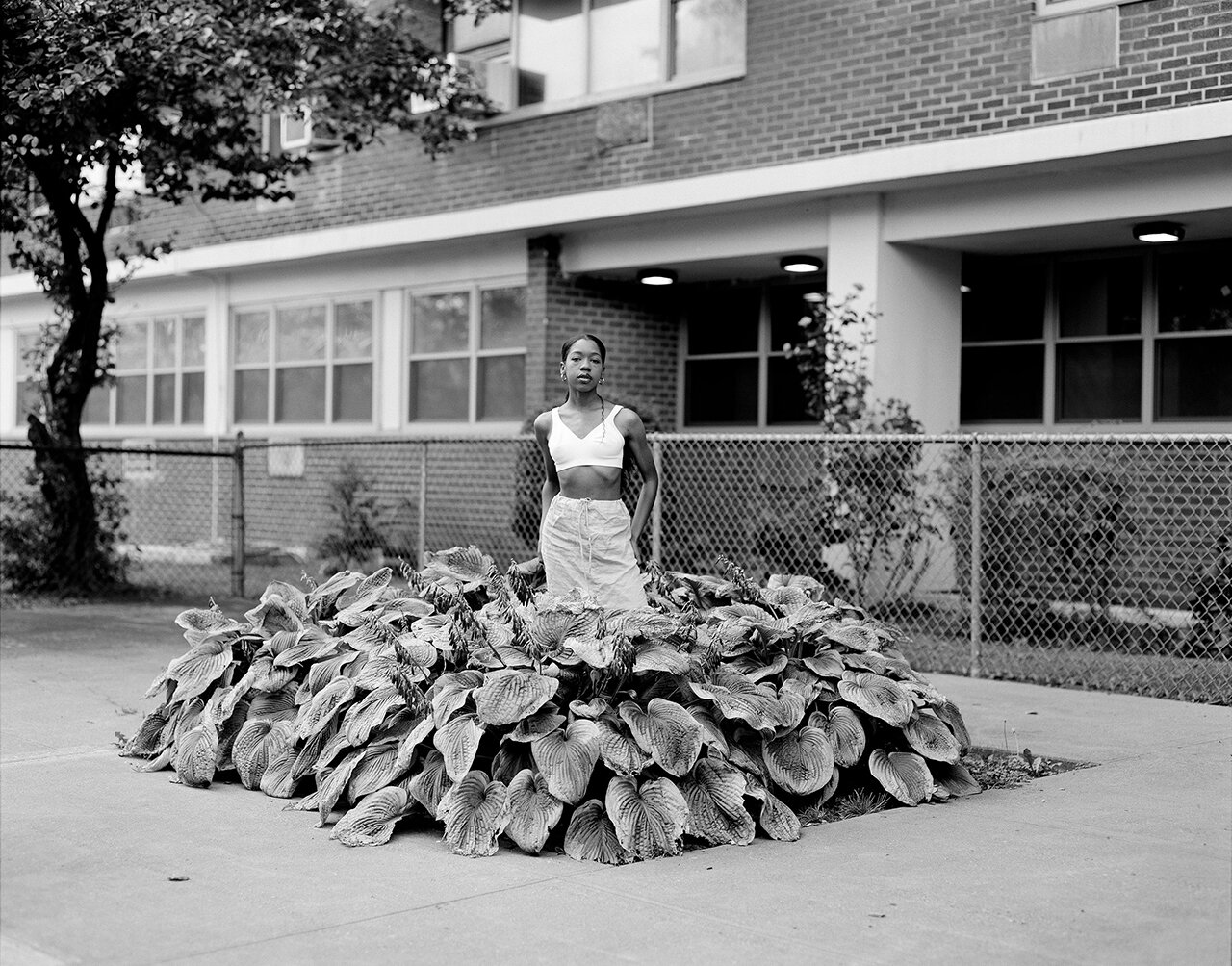
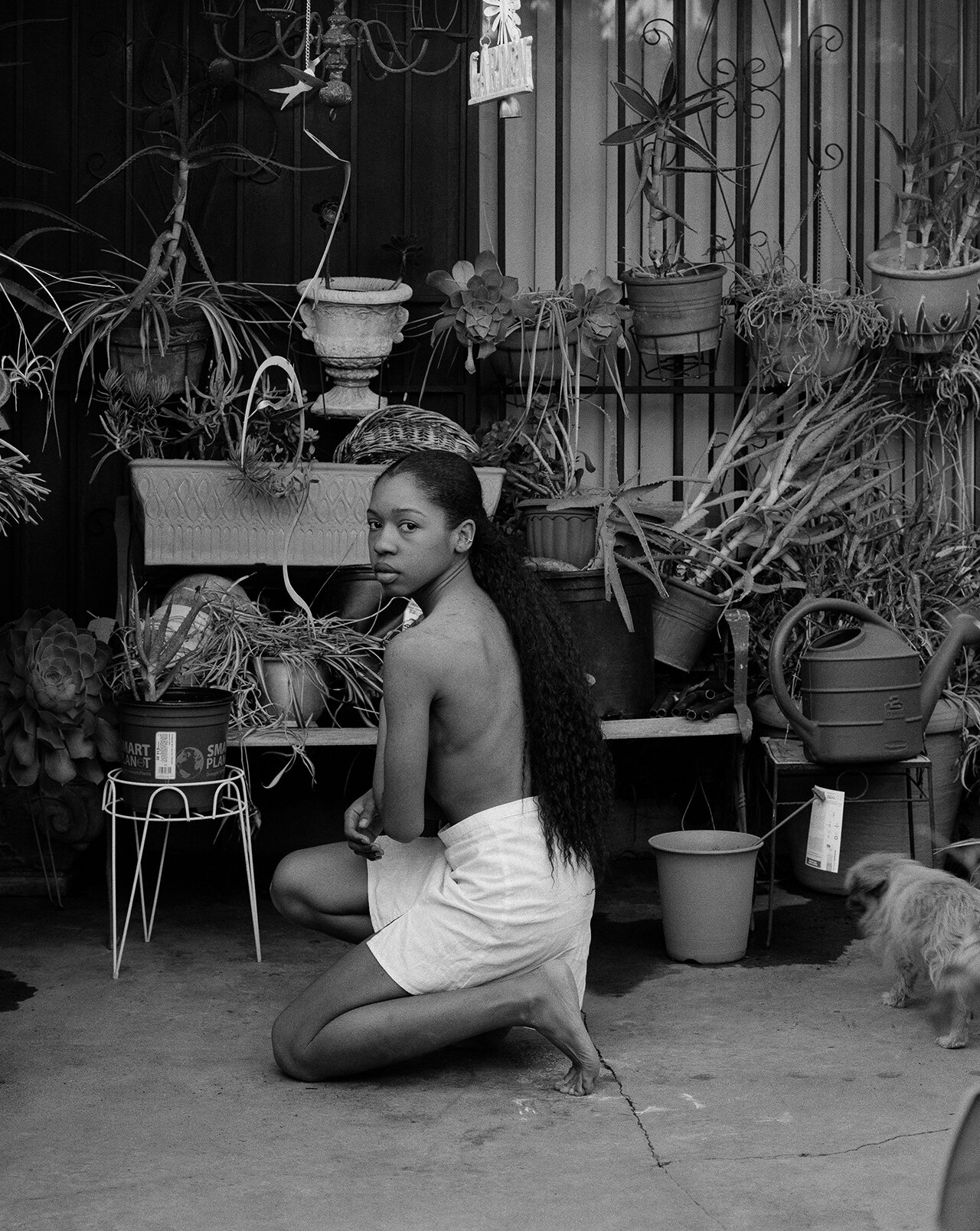
Stone's work offers a new take on basic questions about nature photography — questions like where is nature located? Who is the genre for? Who gets to practice nature photography and what even counts as nature anyway?
Stone says the answers to these questions have almost always been seen through a very specific lens — one that is white, male and rooted in a narrative of westward expansion that largely erases Native communities from the landscape. When Stone photographs herself in the middle of a patch of plants at a public housing complex in Brooklyn, she makes these implicit biases clear for the viewer.
“Early landscape photography perpetuates a cultural amnesia. There is another kind of forgetting and erasure happening now with gentrification in these Black communities where I am making pictures. That is why I put myself in these places and photos,” she says. “It is important to see a Black body in this space before gentrification erases the history and aesthetics of these neighborhoods. I want to reaffirm my presence, especially as a Black woman.”
“Growing up, I only understood Black people’s relationship to nature through slavery. My textbook had two pages of Black history: slavery, the Emancipation Proclamation, and MLK. That’s it.”
In Stone's series, "Natura Negra," which she describes as an act of reclamation, her aim is to correct reductionist history, and show that Black people have a relationship with the land beyond one of terror and oppression.
In the photograph below from her Natura Negra series, Stone poses in her grandmother's backyard, a space filled with aloe and other succulents suited for the Los Angeles sun. Shirtless and staring directly at the camera, she explained that it is a place where she feels safe:
“I want Black people to be able to move within these spaces without worrying about their life being taken.
That feeling of safety starts with reinforcing a sense of closeness to the land.
I want Black people to understand our connections to nature, both urban and rural. I want to destroy the notion that it isn't for us”.





